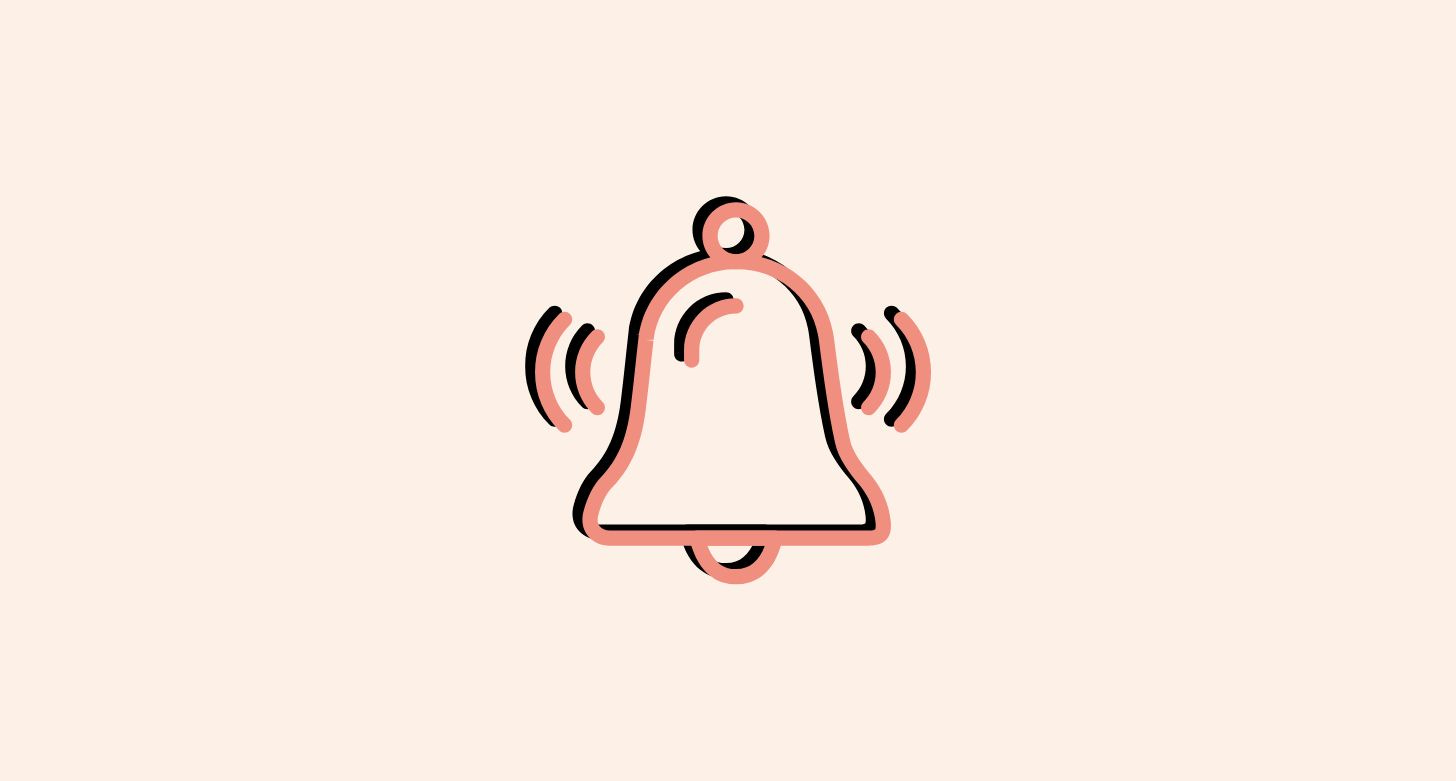Fire Tips: 5 Steps to Take When Someone Steals Your Work
It's go time.
One of the most important lessons I learned in the C-suite is to document absolutely everything. From vendor contracts to company guidelines, staff responsibilities, freelance agreements, timestamped emails and Slack conversations—even the smallest exchange should have proof in writing that it happened.
Because, when shit hits the fan, you better have evidence.
Time and time again I breathed a sigh of relief when I was asked to produce proof of something that was said or enacted months or even years prior and could actually do it. But, I was always caught off guard by the ask.
“Wait, you want what? From when? OK, give me a minute,” I’d say, searching deep within my Google Drive like a laughably unskilled detective. Still, my perfectionist, type-A working style—in which I memorialized everything, not just for me, but for the company too—would come through to save the day. In fact, I kind of got a reputation as the “knower.” If you had a question about our past, the people we’d worked with, the policies we put in place and when, the relationships we ended and why, you came to me.
As a journalist, I tend to put facts above all else. Opinions and theories and intepretations are great, but what’s actually true without a shadow of a doubt? Let’s lead with that to get the full story. And if you have no evidence? Well then, there’s no story to tell.
I’m sharing this with you because, as a creative, you have to operate as if you’re in the C-suite of your own company—whether or not that’s true. To protect your work at all costs, you need to have organized and buttoned up documentation. This means paperwork and signed contracts for every single project, client request, or favor, as well as emails, screenshots of text convos, and folders thick with a healthy history of knowledge. Favor filing systems over the delete button. Back up everything in two different places… you get the gist.
Pair your fact-preserving habits with the steps we covered last week about protecting your creative work with copyrights, watermarks, patents, and more, and you’ll have a solid foundation to stand up for yourself when you catch someone stealing, copying, plagiarizing, or using your original creations without permission.
If that happens, here’s what you can do next.
But first, an important note: These tips are a basic overview. I’m not an attorney and can’t offer you legal advice, so please consult one for more personalized recommendations. This also doesn’t address the giant plagiarism issue of generative AI models learning off of and reusing the work of countless people. If you’d like me to cover that in a separate post, please leave a comment letting me know.
Keep reading with a 7-day free trial
Subscribe to Fire Edits to keep reading this post and get 7 days of free access to the full post archives.




